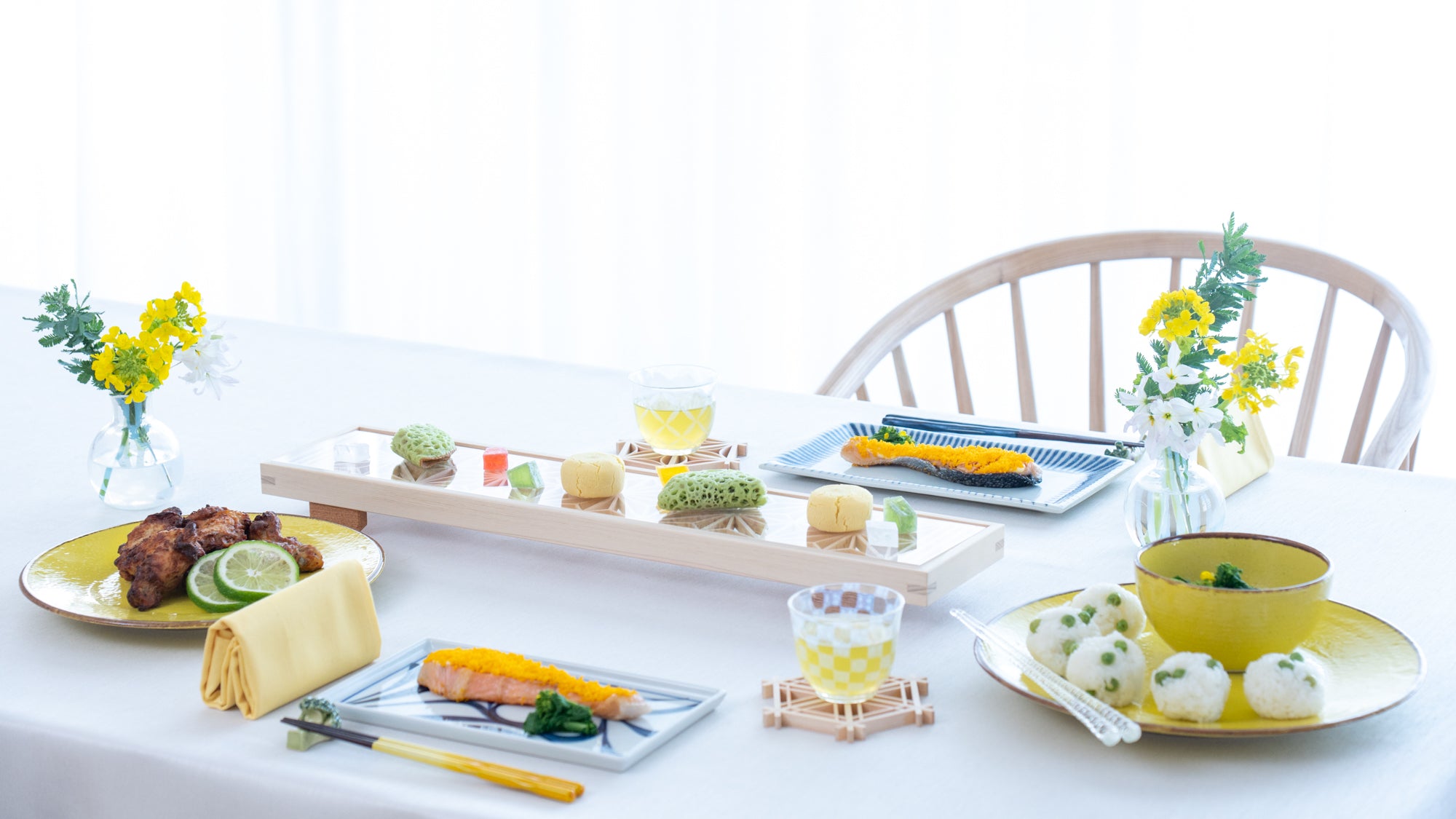
5 Important Tips for A Beautiful Japanese Dinner Setting
Written by Team MUSUBI
Whether in a Japanese restaurant or a trip to Japan, you may have seen some stunning table settings that you just couldn't help but want to capture in a photo. The secret of the beauty of Japanese tableware lies in the harmony of various pieces of different colors and shapes. While many factors contribute to creating a balanced table, we will introduce five essential guidelines, complete with actual setting examples.
table of contents
1. Find a Theme
First, find your favorite table setting theme. Do you want to enjoy authentic Japanese cuisine in a traditional style, or do you want to achieve a modern and sophisticated style?
MUSUBI KILN categorizes items according to the following four themes, so you may want to start by choosing one of these themes to suit your taste. This time, we chose the “Casual & Everyday” theme with a touch of earthy flair to create a table with a warm and cozy atmosphere.
Authentic and Elegant
Stylish & Modern
Casual & Everyday
Natural & Orgenic
2. Harmonize Tones
Once you have decided on a theme, it is time to begin the journey to find your favorite tableware. First, choose one essential piece of tableware that you would like to use. If you are not sure which one to choose, you may want to start with a larger item such as a main plate.
After you have selected one favorite piece, look for other pieces that will compliment it in size, thickness, design and color.
Another rule of thumb you can follow is to match about three major colors in the first piece you chose. If your selection is a white porcelain plate with a beautiful cherry blossom design outlined with golden brown trimmings, include items in white, pink and brown for a simple color-matched spread.





3. Focus on Texture
We recommend that you unify the textures of the main tableware, such as plates and bowls, which have a large visual range. Deciding whether to use glossy porcelain or stoneware will create a coordinated table setting. This also includes the thickness of an item. In our setting, the thickness of the Tobe ware rectangular plates align with the thickness of the yellow stoneware plates.


4. Mix Different Heights

5. Use Trays and Placemats
In this setting, we used a wooden kumiko centerpiece to create a separation between personal and shared spaces.
If you are presenting a set meal style for each person at the table instead of this kind of party style, using a tray or placemat may also help organize the pieces together.

If you would like to know more about the items we selected for this table setting, please refer to the following article.
6. Additional Inspiration: Incorporate Professional Ideas

Creating a beautiful Japanese-style table setting becomes much easier when you keep these five points in mind.
However, if you're short on time, taking inspiration from professionals is a smart option.
MUSUBI KILN introduces many table setting ideas created by professional table designers. Choose your favorite style here and check out the items used.






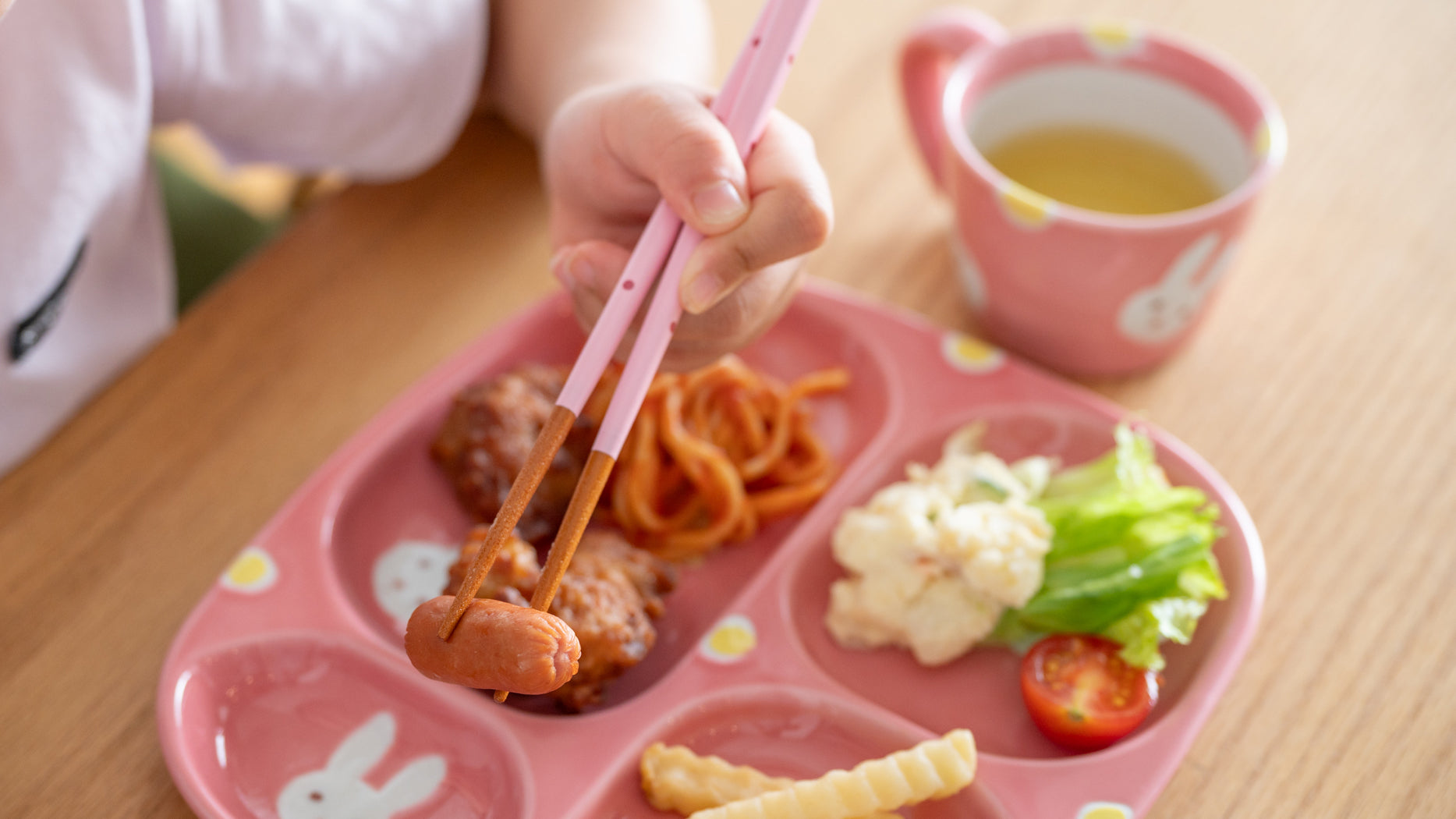
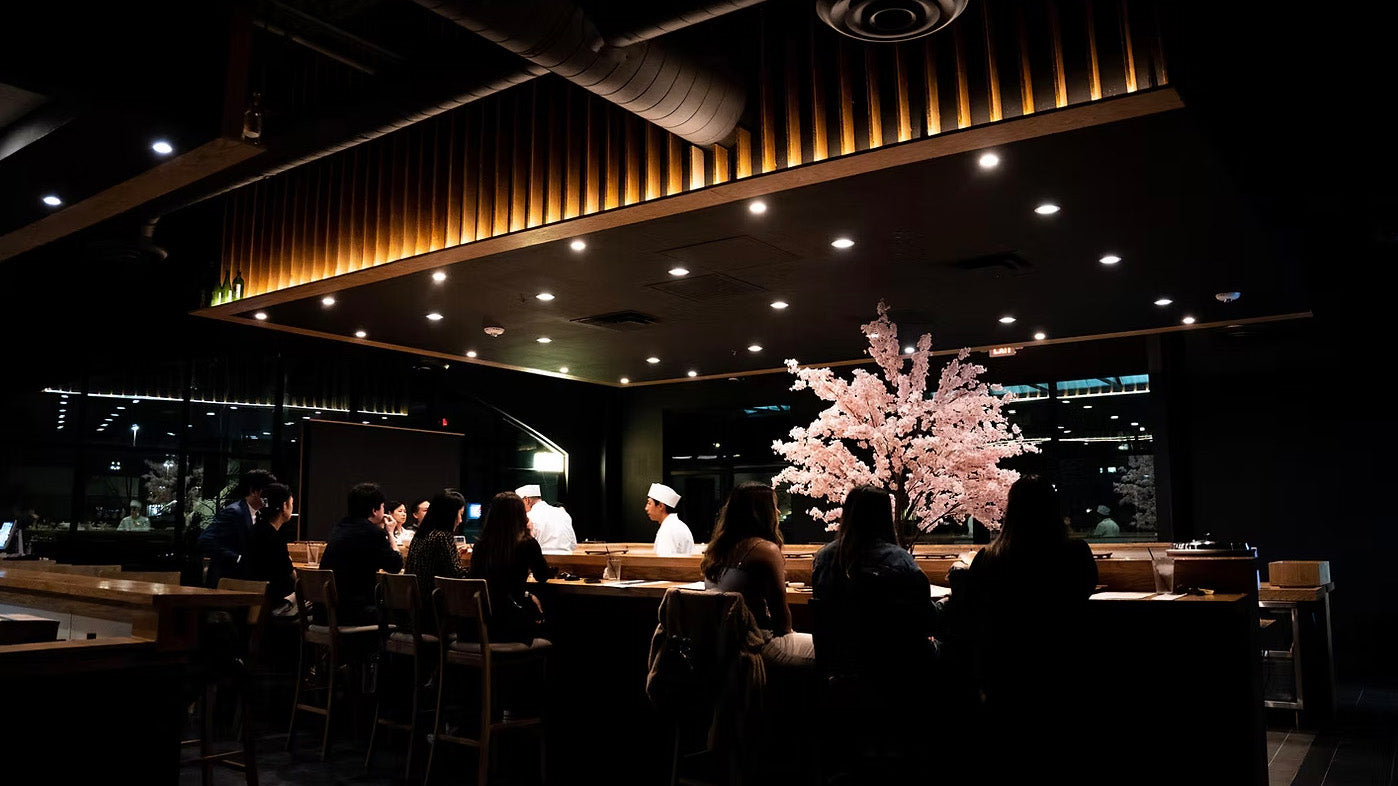


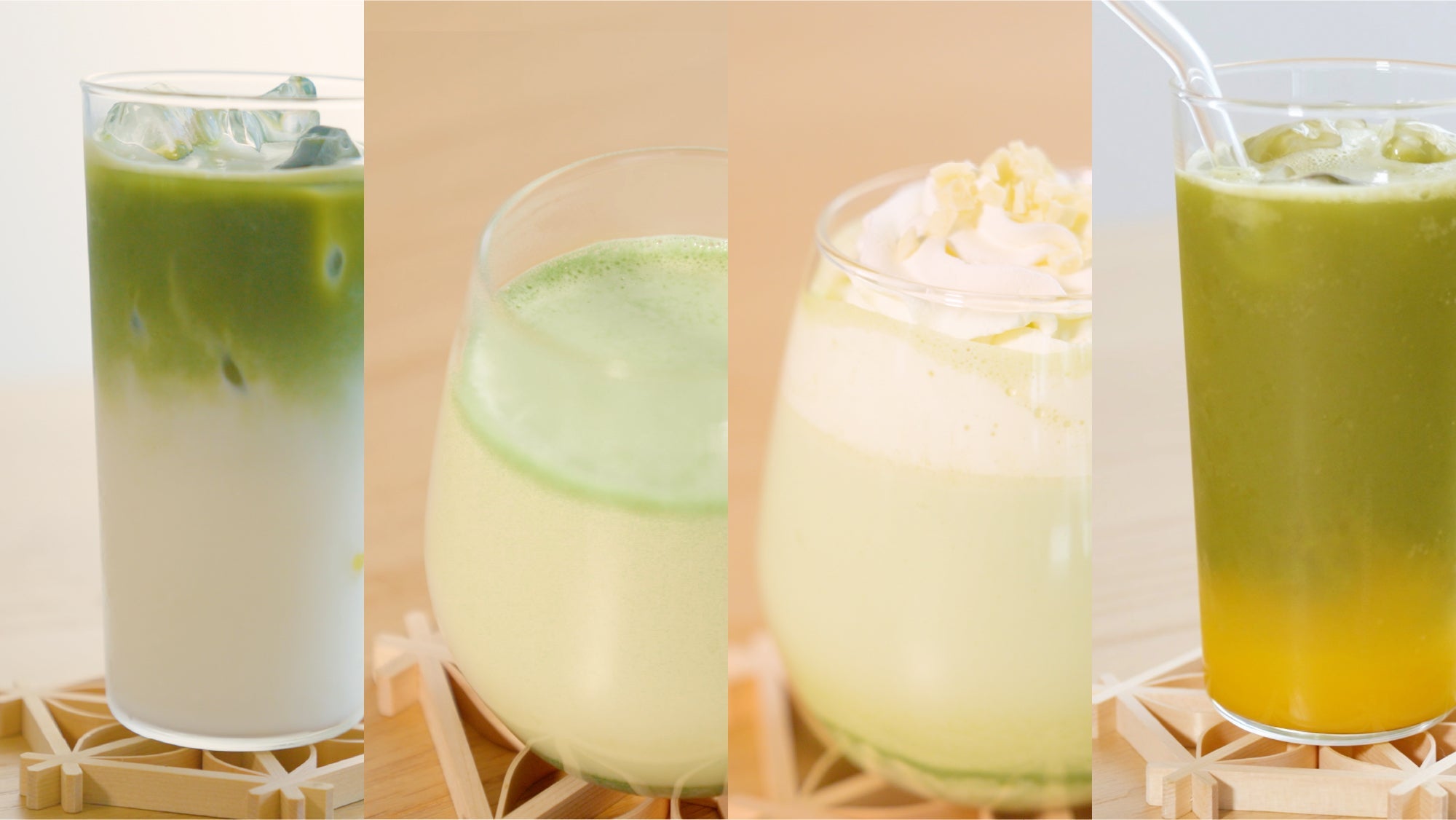
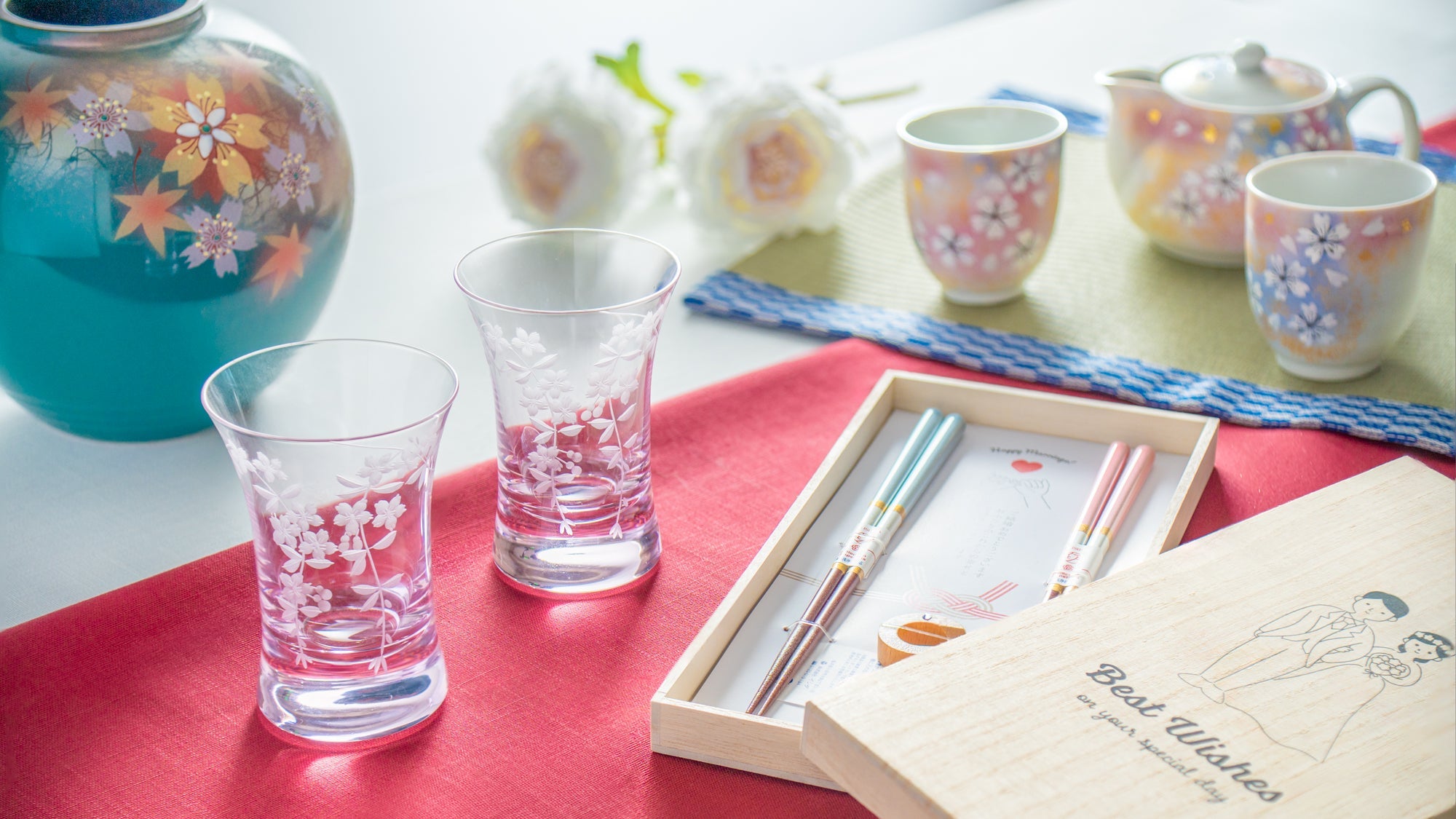
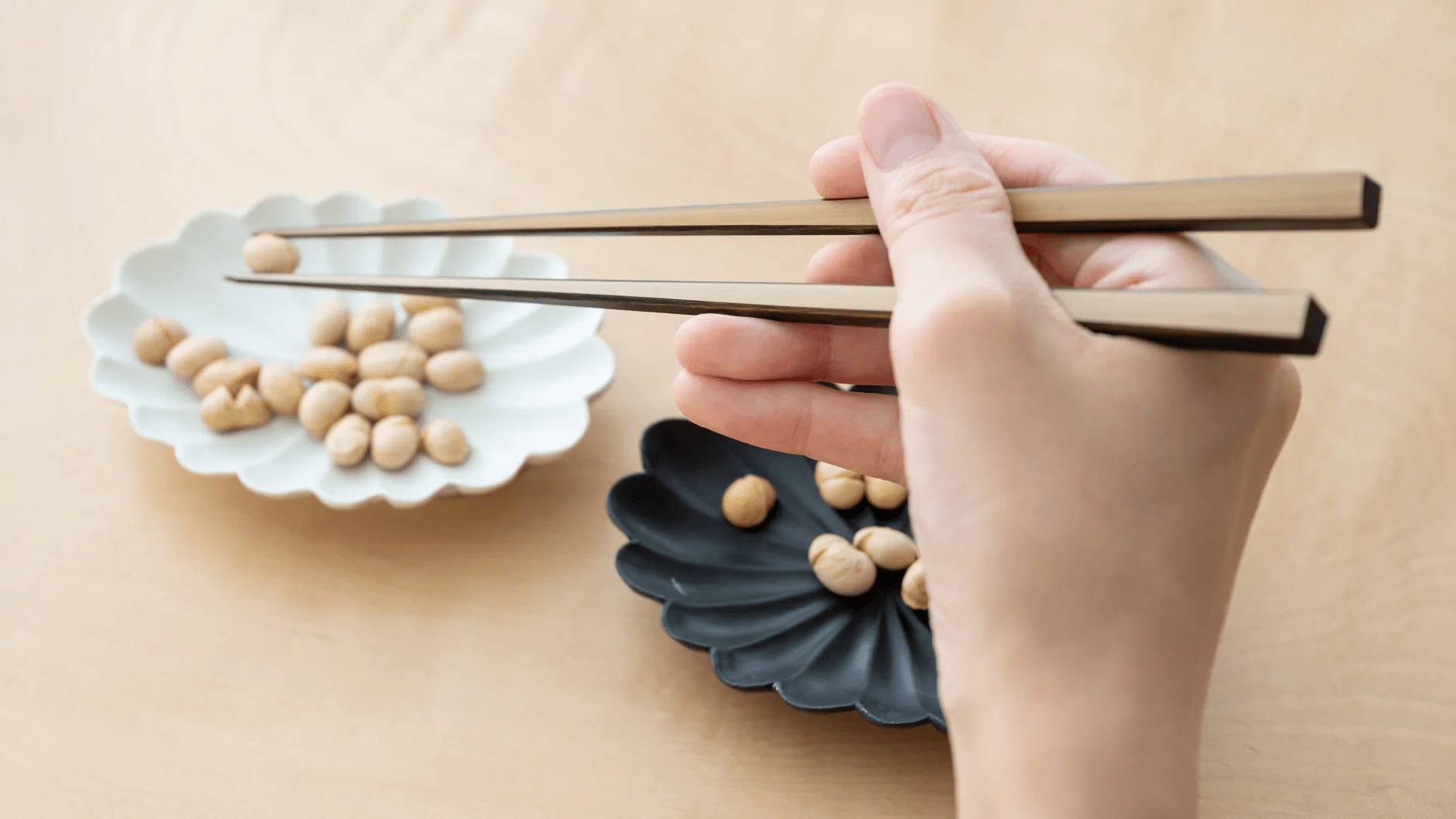
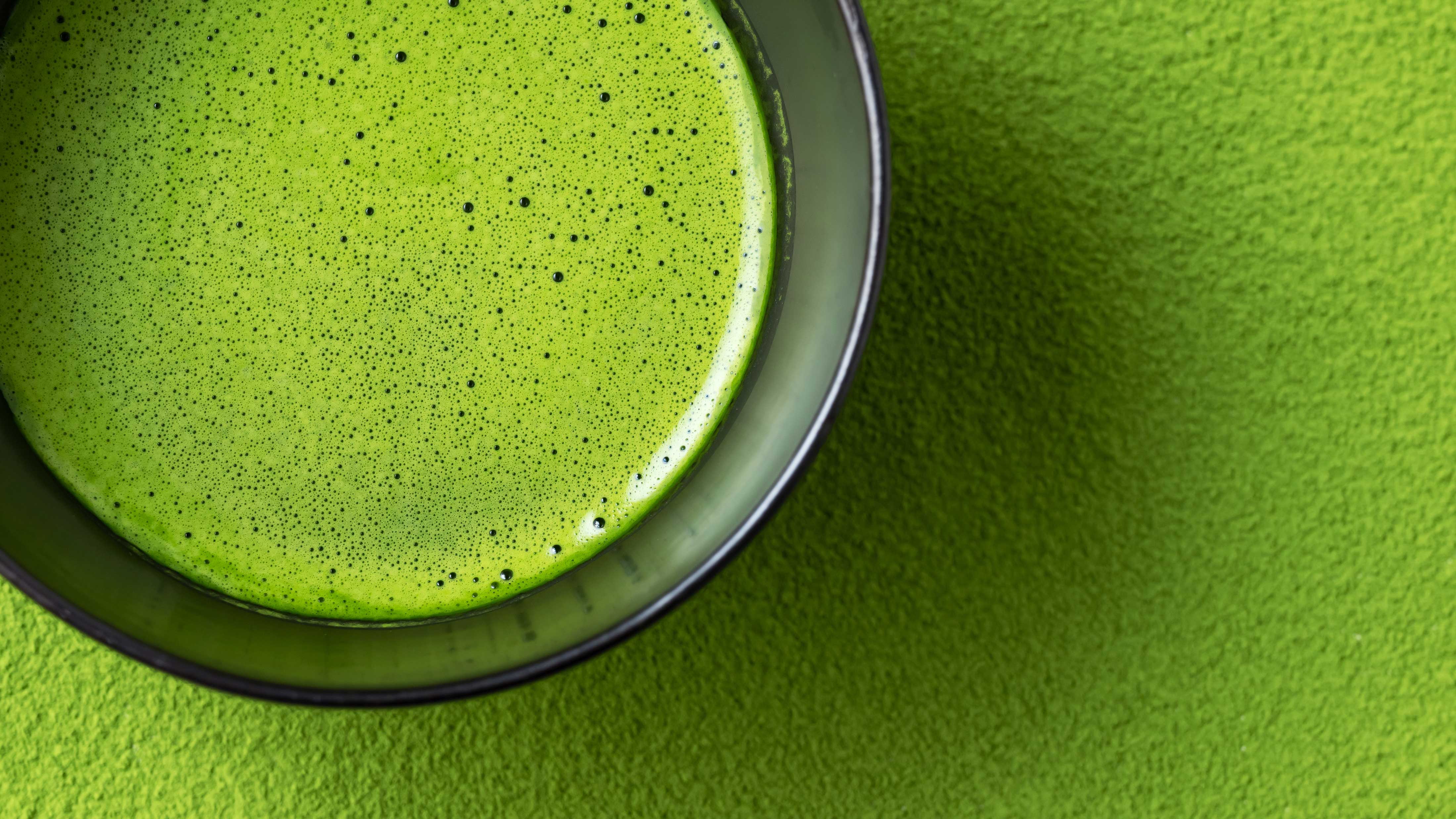
Leave a comment
This site is protected by hCaptcha and the hCaptcha Privacy Policy and Terms of Service apply.